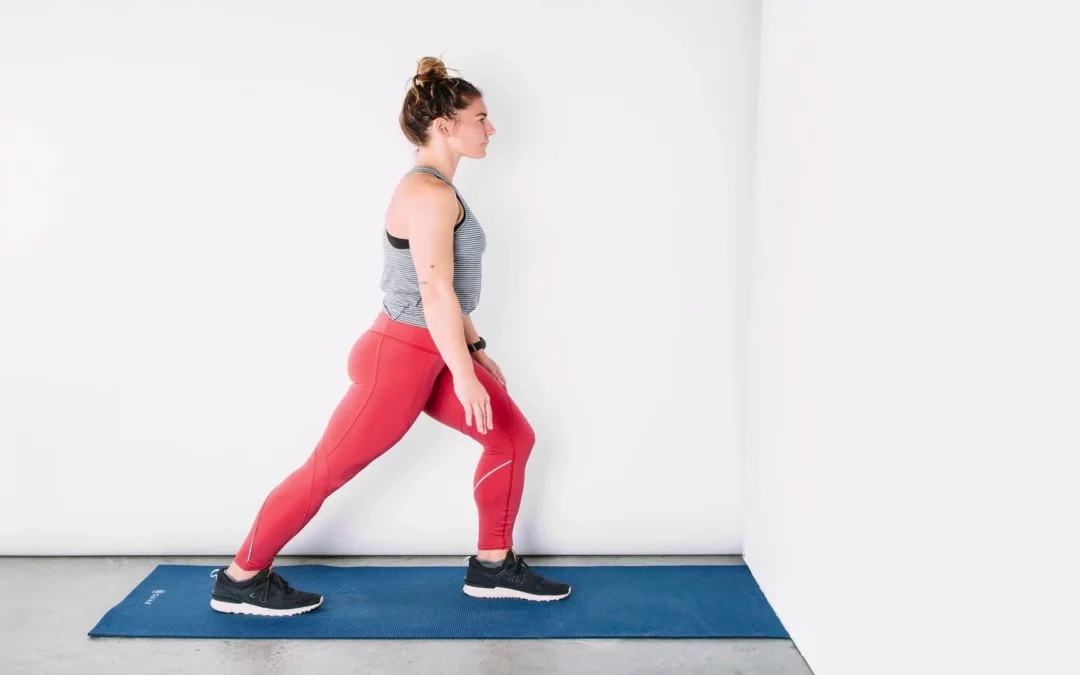If you’ve ever dealt with tight calves, stiff ankles, or nagging Achilles pain, chances are someone told you to “just stretch it.” So you grabbed a wall, pushed your heel down, and hoped for the best. And maybe, for a minute, it helped. But the next day? Same tightness. Same limits. Same frustration.
Here’s what most people miss: static stretching isn’t always the answer—especially for active people. Whether you’re running, lifting, cycling, or just trying to move better, what your body often needs is a dynamic calf stretch.
At Accelerate Therapy and Performance, we use dynamic calf mobility drills with nearly every client—because the calves play a bigger role in movement than most people realize. Today, we’re breaking down why your calves matter, what a dynamic calf stretch actually is, and how to do it the right way.
Why the Calves Matter More Than You Think
Your calf complex is made up of two major muscles:
- Gastrocnemius – the larger, visible muscle that crosses the knee and ankle
- Soleus – deeper muscle that only crosses the ankle joint
Together, they control ankle movement, help stabilize your body during walking and running, and absorb a ton of force every time your foot hits the ground. Your calves also influence:
- Ankle dorsiflexion (how far your knee can move over your toes)
- Balance and control during squats, lunges, and jumps
- Shock absorption during running or agility work
- Stride length, posture, and speed in endurance sports
When your calves are tight or restricted, you’re more likely to compensate elsewhere—leading to issues like:
- Plantar fasciitis
- Achilles tendinopathy
- Shin splints
- Knee pain
- Hip tightness or lumbar stiffness
So yeah, it’s not just about “stretching your calves.” It’s about keeping your whole kinetic chain moving the way it’s meant to.
Static vs. Dynamic Calf Stretch: What’s the Difference?
Most people are familiar with static calf stretches—holding your heel on the ground and leaning forward against a wall. That’s fine in some situations (like post-workout or in cool-downs), but it doesn’t do much to prepare the body for movement.
A dynamic calf stretch, on the other hand, involves active movement. You move the ankle and knee through a range of motion, often mimicking the motions you’ll use in sport or training. That makes it way more effective for:
- Improving ankle mobility
- Activating the calf and surrounding muscles
- Warming up connective tissue
- Improving neuromuscular control before a workout
Bottom line: if you want to move better and reduce injury risk, you need dynamic work in your routine.
The Best Dynamic Calf Stretch You Should Be Doing
At Accelerate, we coach this move constantly. Here’s how to do the dynamic knee-over-toe calf stretch, a simple and effective drill to boost ankle dorsiflexion and warm up the calves.
Step-by-Step Instructions:
- Start Position
- Stand in a split stance or kneel in a half-kneeling position (one foot flat in front of you, the other behind you or on the ground).
- The front foot should be flat, with the heel on the ground and toes pointing straight ahead.
- Stand in a split stance or kneel in a half-kneeling position (one foot flat in front of you, the other behind you or on the ground).
- Drive Knee Over Toes
- Slowly shift your weight forward, pushing your front knee over your toes.
- Keep your heel firmly grounded. You should feel a stretch in the calf and Achilles.
- Slowly shift your weight forward, pushing your front knee over your toes.
- Controlled Return
- Come back to the starting position without losing control. That’s one rep.
- Come back to the starting position without losing control. That’s one rep.
- Repeat
- Perform 10–15 controlled reps on each side.
- Focus on smooth, controlled motion—not bouncing or forcing the stretch.
- Perform 10–15 controlled reps on each side.
Pro Tips:
- Don’t let the arch collapse—keep your foot stable.
- Keep your movement slow and intentional.
- To make it harder, elevate the ball of your foot on a small plate or wedge.
Variations of the Dynamic Calf Stretch
Once you’ve nailed the basics, you can level up with these mobility-boosting progressions:
1. Wall-Assisted Knee Drives
Stand with both hands on a wall. Drive one knee forward and down toward the wall, keeping your heel on the ground. Great for ankle range of motion and stability.
2. Loaded Calf Stretch (with Kettlebell or Plate)
Place a kettlebell or plate on top of your knee as you drive it forward in the half-kneeling position. This adds a mobility load—just be cautious and controlled.
3. Dynamic Toe Rockers
Stand with both feet flat. Rock forward onto your toes, then back onto your heels. Focus on smooth transitions. This activates your calves dynamically and wakes up your balance system.
4. Eccentric Heel Drops
Stand on a step or curb. Raise onto both toes, then slowly lower one heel off the edge for 3–5 seconds. Great for building calf resilience and length.
When to Use Dynamic Calf Stretching
The best part about dynamic stretching? You can plug it into almost any routine. Here’s when we use it most:
- Before running or sprinting workouts
- As part of your lifting warm-up (especially for squats or Olympic lifts)
- Before cycling sessions to prep ankles and calves
- During mobility flows on recovery days
- As activation work for clients with plantar or Achilles issues
You only need a few minutes to make a difference. Over time, consistent mobility work leads to huge gains in performance and injury prevention.
Why We Prioritize Calf Mobility at Accelerate
Most people don’t walk into our clinic complaining about “calf tightness.” But after years of treating runners, lifters, and athletes of all types, we’ve seen how limited ankle mobility is the hidden root of a lot of common pain issues.
That’s why we assess your ankle range, foot mechanics, and calf tension during every evaluation. And when it’s off, we use a combo of:
- Dry needling (for deeper calf trigger points or chronic stiffness)
- Dynamic mobility drills like the ones above
- Strength training to lock in improved range
The result? Better movement, fewer injuries, and a body that performs the way it was meant to.
Signs You Need Calf and Ankle Mobility Work
You don’t need to be in pain to benefit from calf mobility work. But if you’re dealing with any of the following, it’s a strong signal your calves could use attention:
- You can’t get your knees past your toes during squats
- Your heels lift during lunges or deep squats
- You feel tightness or pain in your Achilles after runs
- Your calves feel like rocks (in a bad way)
- You have plantar fasciitis or flat feet
- You’ve had a history of ankle sprains or instability
It’s not about just fixing one problem—it’s about getting to the root of how your body moves.
Take the First Step Toward Better Mobility
If tight calves are limiting your movement—or you’re tired of dealing with pain that just keeps coming back—it’s time to get to the source.
At Accelerate Therapy and Performance, we don’t guess. We assess. Then we build a plan that uses dynamic mobility, manual therapy, and strength programming to get real results.
Book your evaluation today, and let’s figure out what’s really holding you back—so you can move, train, and perform without limits.



